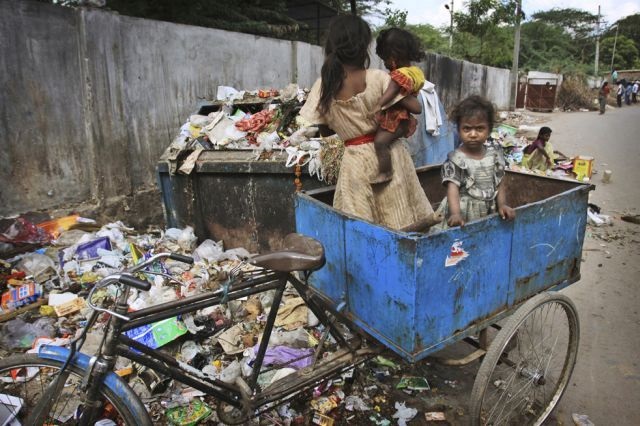
Why do Third-World Countries exist?
First, let us ask ourselves about the definition of a third-world country? Originally, the third-world country term is used for countries that do not associate themselves or become partners or existing members of NATO or the Communist Bloc after the cold war. The term is currently associated and stereotyped with well-populated but undeveloped countries that have a lower average ratio in Gross Domestic Product. Theoratically, the abbreviation of the First-world countries refer to United States, Canada, Japan, South Korea, Western European nations and their allies, which makes up NATO. For the Second-World countries, they consist of the Communist Bloc, which are Russia/Soviet Union, Cuba and China. Those third-world countries remain neutral.